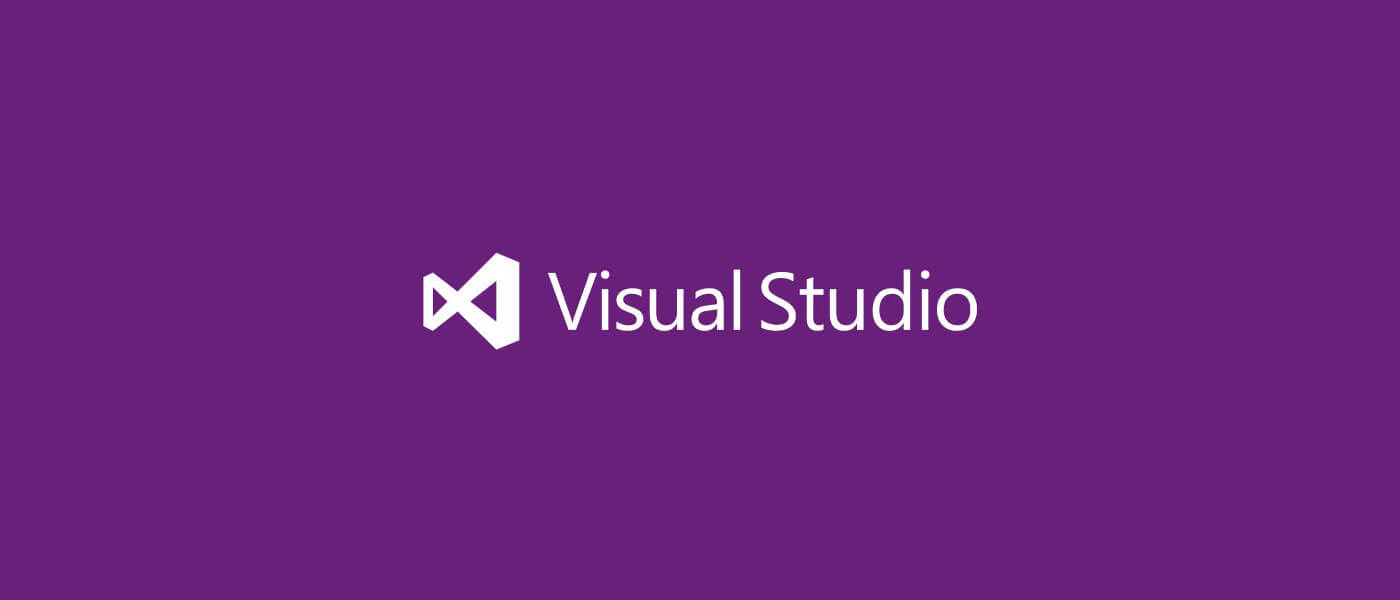There’s no better time than now to start looking into new tools and technologies that are being released. At Connect(); 2016 Microsoft announced the availability of Visual Studio 2017 Release Candidate. This has given me a chance to install it for myself and take a deeper look at what is coming for this Visual Studio 2017 RC review.
Note from Microsoft: As we prepare for release, we’re continuing to evolve the list of workloads. In particular, because the .NET Core, Xamarin, Python, and Data Science workloads have not yet reached RC-quality, we have marked them as Preview quality. These three workloads should not be relied on in a production environment at this stage.
In this article, I’ll take a look at what is new and improved with Visual Studio coming into 2017, so you can get a feel of what is coming up before you try it out for yourself.
image09
First impressions
The new installation process
The first thing I noticed when installing Visual Studio 2017 RC was the new installer. In Microsoft’s release notes they said that they built this new installer for a couple of reasons:
To reduce the minimum footprint of Visual Studio
Install more quickly with less system impact, and uninstall cleanly
Make it easier for you to select and install just the features you need
After downloading the installer from Microsoft’s website and running it, you are greeted with the usual T&Cs and privacy policy. After accepting this you then proceed to something new, the component selection step.
This is an awesome new part of the installation process. If you’re just after a basic install you can skip this step, this will bring the total size of the install to 740MB! This is much better than the 8GB needed for a basic install of VS 2015 and will still support over 20 different languages, source control, and even IntelliSense.
Most users will want to install more. You can choose to add ‘Workloads’ that are grouped frameworks, languages, and platforms:
workload-small
Or if you know exactly what you want, you can then open the ‘Individual components’ tab and manually select what you need:
you can choose to add ‘Workloads’ that are grouped frameworks and individual components
It’s great to see support for mobile and game development workloads added to the installer, along with other toolsets for Visual Studio extension and Linux development. These workloads have support for Xamarin, Cordova, DirectX, Unreal and Cocos2D:
mobile development was an important testing feature for this Visual Studio 2017 RC reviewother-toolsets
For my install, I only selected the Web Development and Node.js workloads as it was all I needed. This brought the total of my install to 5.02GB.
#visual studio code #coding #linux #javascript
